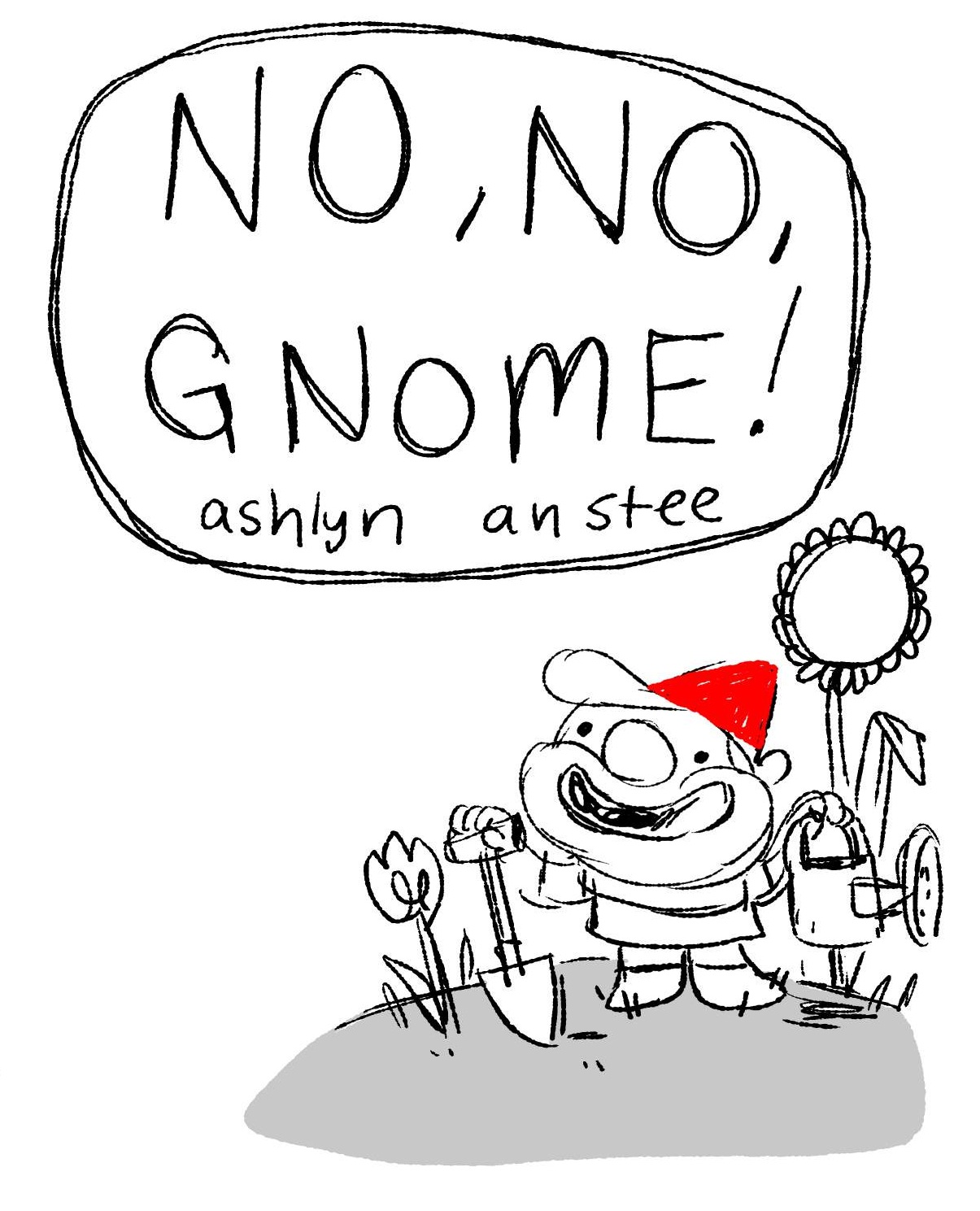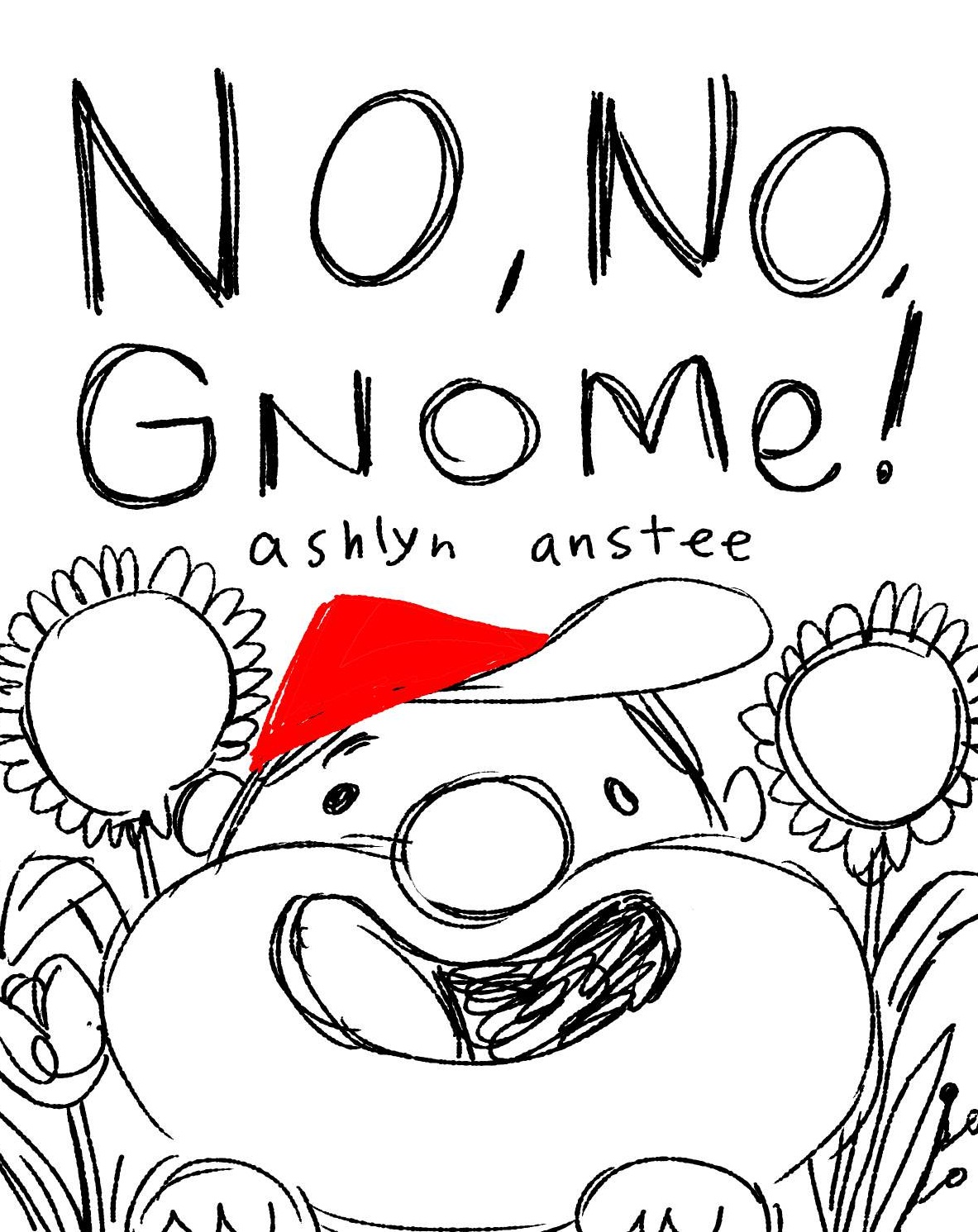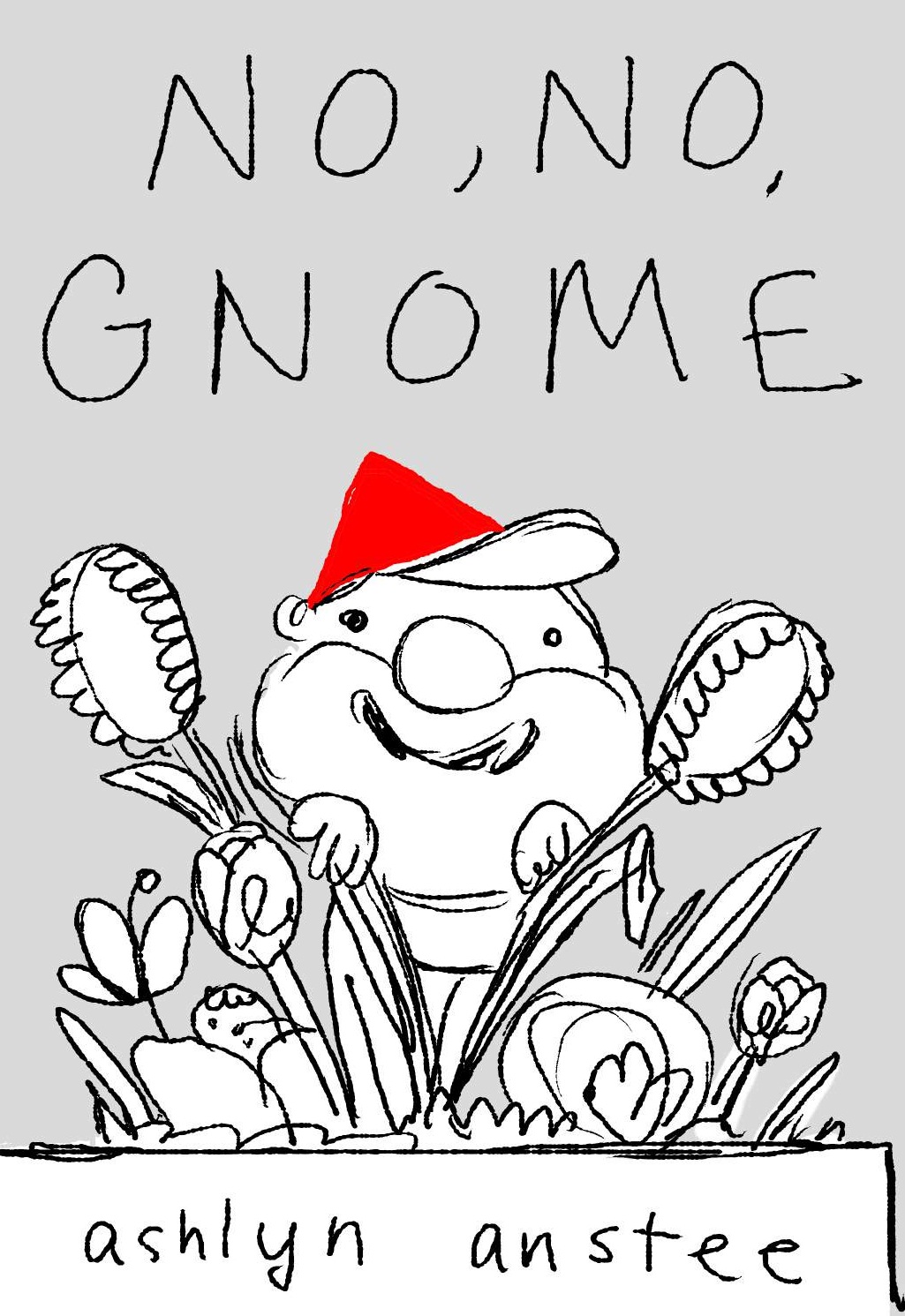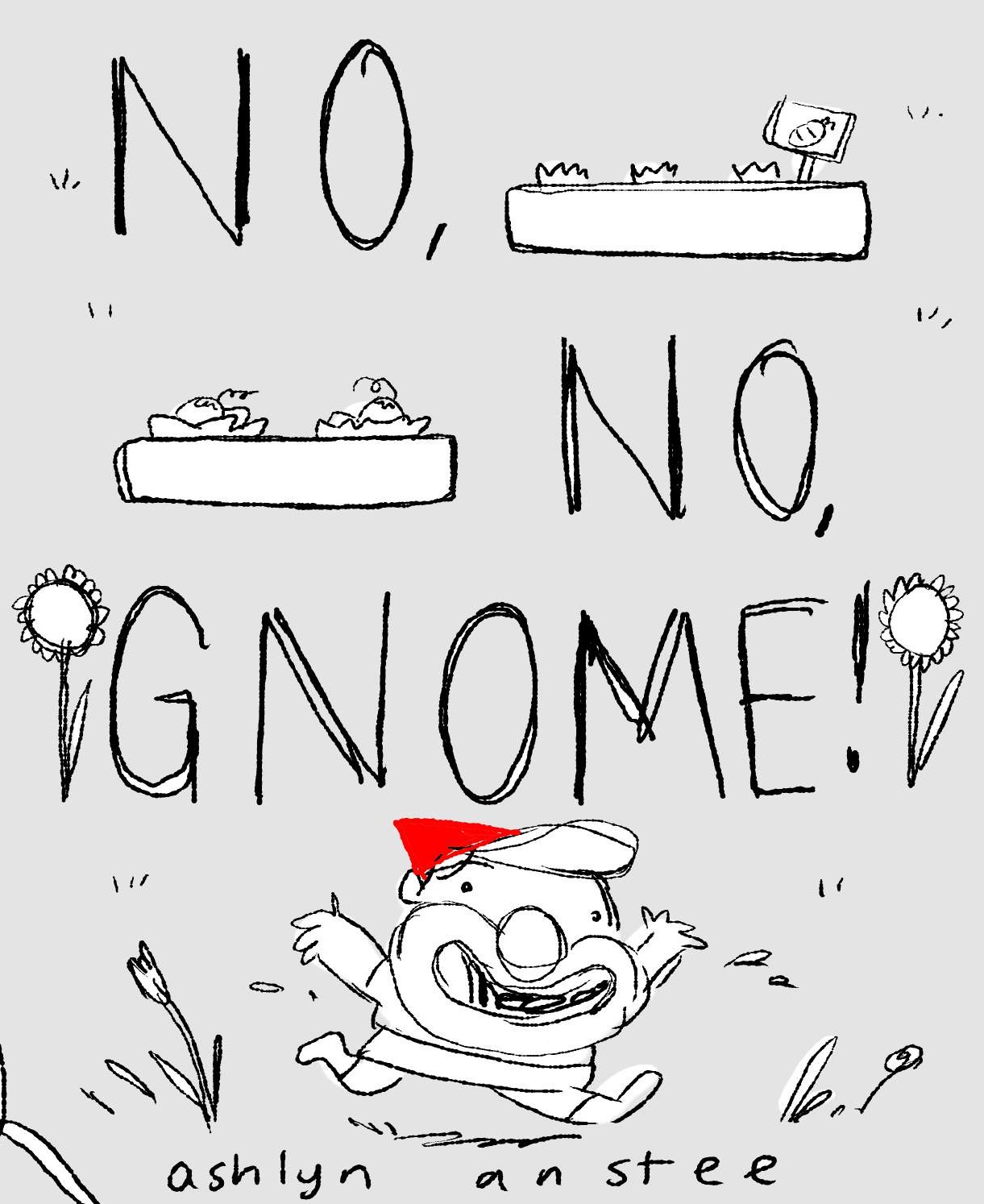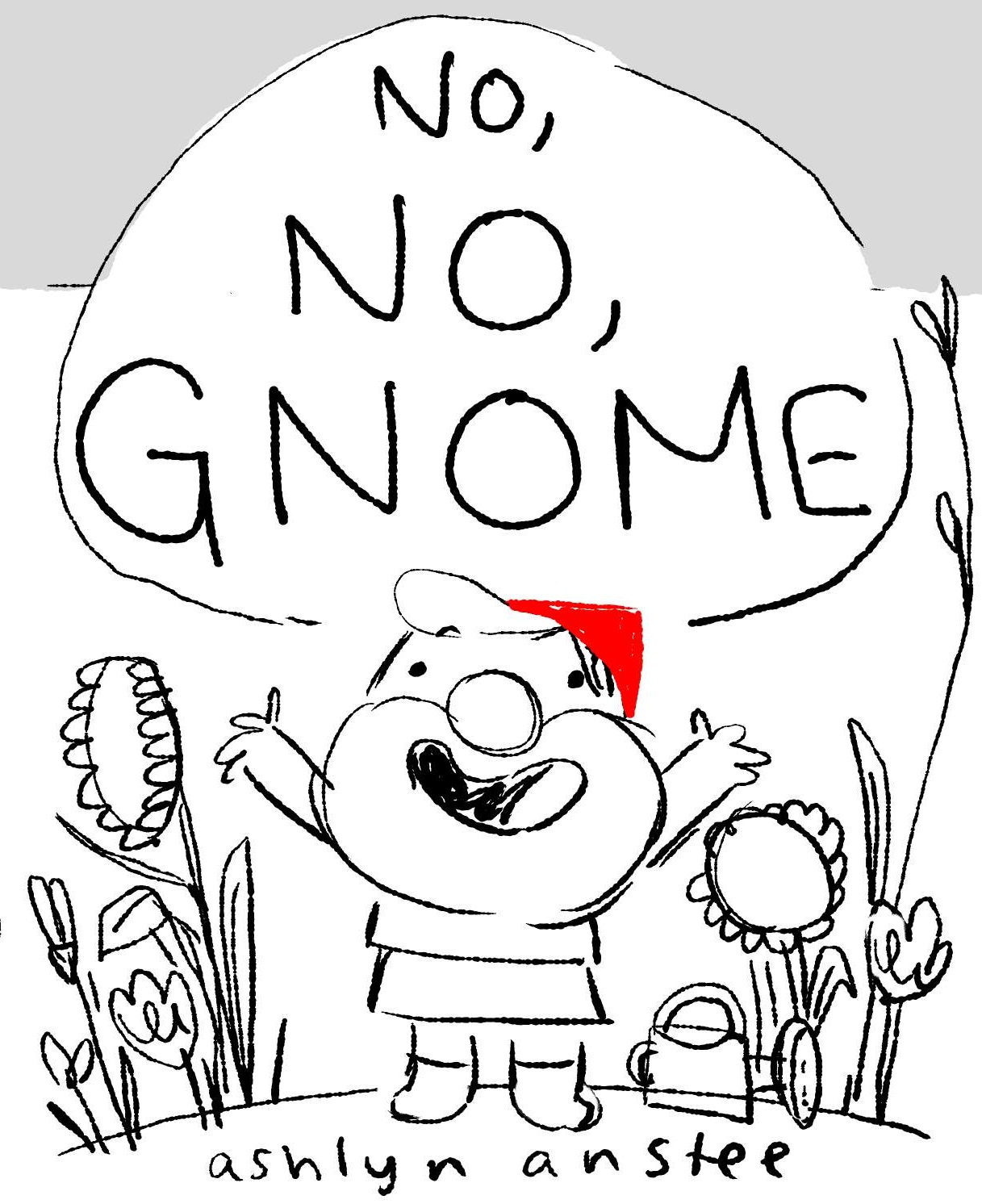I am feeling the love from the wonderful Junior Library Guild! So far, four books on my 2016 list have been picked for this honor: Thanks for the Trouble by Tommy Wallach, Ada's Violin by Susan Hood and Sally Wern Comport, El Violin de Ada, and Rise of the Robot Army by Robert Venditti. Thank you, JLG!
Add It to the List: THE ANCHOR & SOPHIA
Picture it: Bologna. Dusk. A crowded plaza of happy tourists and locals in light coats and sweaters, enjoying the gorgeous spring weather. The pigeons stay close in hopes of enjoying some of the food the city is so famous for. An Aperol Spritz rests in front of me and across from it sits the legendary John Cusick. "I have something I'd like to pitch to you," he says. And so it begins...
Nearly four months later, I'm so HAPPY that I can finally talk about this deal. I'm also ecstatic that I have three more manuscripts to look forward to from the truly gifted Tommy Wallach. I was first introduced to Tommy's work in July 2013 (two years ago!) when John submitted the manuscript for We All Looked Up. I instantly fell in love with the writing and was overjoyed to add the novel, plus an untitled second novel, to my list. That second novel became Thanks for the Trouble, which is so different from We All Looked Up. For one thing, it's written in first person from a single point-of-view. Still, as my boss mentioned in his recent presentation of the novel at our Spring 2016 Sales Conference, the beauty of the writing is unmistakably Tommy Wallach. And so is the case with Tommy's next project, a plot-driven tale of two brothers who will play key--and opposing--roles in a growing conflict in their young civilization.
Book One in the Anchor & Sophia trilogy comes out in Spring 2017.
John and I dined here after he was done pitching. Photo (C) John Cusick
It's My Spring 2016 List!
As I did with my Fall 2015 list, I wanted to gather for you, dear reader, all of my gorgeous Spring 2016 covers in one place. And what a difference a list makes! For Fall 2015, I edited four fantastic young adult novels, which will start to hit bookshelves right before Labor Day. This season, I have just one YA book--Tommy Wallach's sophomore effort, Thanks for the Trouble. (In a post reminiscent of his cover reveal for We All Looked Up, Tommy took us step by step through the design process, sharing all of the cover concepts that didn't get selected.) My other three titles in Spring 2016 are picture books. For her cover reveal, Ashlyn Anstee sent a tweet that included the cover of her No, No, Gnome! Matt Roeser and Brad Woodard took to Facebook to show off the cover of their Oh No, Astro!, as did Terry Fan and Eric Fan with their The Night Gardener.
Let's take a look at how these four covers came together.
First up, we have No, No, Gnome! (2/9/16) by Ashlyn Anstee. Ashlyn's first book, Are We There, Yeti?, is on-sale 7/21/15, and I bought that title and an untitled picture book at auction from the wonderful Kelly Sonnack at Andrea Brown Literary. For her second book, Ashlyn pitched me a few stories, and I immediately fell for No, No, Gnome! I loved how the book's title and refrain were, yeti again, a play on words. (See what I did there?) I found Gnome ridiculously cute. And I really liked the school garden setting. So, Ashlyn got to work crafting the story of an energetic Gnome who wants nothing more than to help but whose eagerness sometimes gets the better of him.
Ashlyn is filled with ideas, and she delivered a bunch of options for the front cover. Like these...
And these...
Chloe Foglia, the book's designer, and I discussed these options with "the group" (which includes the other editors and the other designers, along with my publisher). We really liked the composition of Number 3 (top right) and the title treatment of Number 6 (bottom right), which is reminiscent of what she did on Are We There, Yeti? Chloe asked Ashlyn to bring Gnome through the plants a bit more so that we could see his cute outfit (and not mistake him for someone else with a white beard and red hat). We also wanted a slightly more mischievous expression on Gnome's face. With those notes, Ashlyn went to final art and delivered...
Like Are We There, Yeti?, the cover of No, No, Gnome! will be printed on uncoated stock with a spot gloss on the title and the author/illustrator's name.
The Night Gardener (on sale 2/23/16) began with this image (and two sample spreads).
My gracious and thoughtful boss showed me the piece of art and asked if I saw any potential. If memory serves, I screamed, "Yes!" I felt like I was getting pulled into the Night Gardener's world, and I wanted to go to there. Terry Fan had just finished working on the gorgeous Rooftoppers by Katherine Rundell with designer Lizzy Bromley. He had enjoyed the experience so much that he reached out to her with this image of a topiary-loving gentleman to let her know that he and his brother, Eric, were eager to turn it into a picture book. Lizzy, the Brothers, and I got on the phone to talk about the character, the world he lived in, and the motivation for his clippings. We ended up with a truly magical story about a gray little town in need of some creative inspiration.
When it came time to talk about the cover, I think we all kind of knew that it would be a version of the Brothers' original idea. The story is told through the eyes of a young boy, so we brought him to the cover image. His wonder is ours.
Lizzy is bringing so much magic to this jacket. It will be printed on a textured, uncoated stock, and the title will be a silver foil.
I half-expected designer Lucy Cummins to suggest a cover similar to We All Looked Up's for Tommy Wallach's second novel, Thanks for the Trouble. You know, another group of teens in a cool environment shot with some eye-catching technique. But while Lucy wanted to go photographic, she had a wildly different concept in mind--no people, just stuff. She was inspired by a scene relatively early in the book that takes place in a mall food court, and she had the perfect photographer in mind to capture the energy and tone of the novel: Keirnan Monaghan.
On the day of the shoot, I headed to Dumbo, where Keirnan has his studio. While he and his partner, Theo Vamvounakis, a brilliant props and sets designer, prepared, I took in the environment.
The props table
The set
I'll admit I was a little nervous. Everything looked kind of drab. I was having a hard time imagining how the title and byline were going to work with the image. But why do I ever doubt Lucy?
The magic of lighting changes everything.
(You'll notice that the above image does not have pizza. We needed pizza. Lucy rushed out to get some.)
Lucy considered having the title on loose scraps of paper (the protagonist communicates by writing on slips of paper) or scratched into the table. But neither approach was having the impact she wanted, so she went big and bold.
The finished jacket will be printed over metaltone with embossing and spot gloss on the title and byline.
Finally, I'm incredibly excited to be publishing Matt Roeser's first picture book. Matt is one of the most talented book designers in children's publishing. His manuscript for Oh No, Astro! (on sale 4/19/16) came to me via the ever-charming and gifted Tim Federle, and I jumped at the chance to edit it. "Manuscript" is a misnomer; what Matt delivered was a fully formed sketch dummy--and Matt's not even an illustrator. Utilizing art from this poster, Matt crafted his tale of a grumpy asteroid who takes an unexpected (and unwanted) journey through space. (Matt, of course, asked the poster artist, Brad Woodard, for permission to use the art. And we, of course, hired Brad to illustrate the book, because his artwork is awesome.)
This is the cover that Matt included with his submission:
And this is the final cover:
Matt's concept was genius, so we stuck with it. We decided to take Earth off the cover 1) to keep the ending more of a surprise and 2) to give us more room to make the title and Astro larger. The book's designer, Lizzy Bromley, selected a font that perfectly suits the retro-vibe of Brad's art. The jacket will be printed with a matte lamination. "Astro!" and Astro and part of his tail will have a spot gloss.
Check out the "Coming Soon" tab soon to learn more about these books!
Making the Book: The Agent
Numerous people dedicate hours of their lives and bits of their souls to the creation and production of each and every book...and I plan to interview all of them in the order a book is produced. (It's going to be tricky.) A month ago, I crafted the first entry in my "Making the Book" series, focusing on the writer's experience. In this edition, I attempt to answer big questions like "What's a literary agent?" and "What does an agent actually do?" by interviewing, you guessed it, an agent, specifically the charming and smart John M. Cusick.
John Cusick moonlights in a jazz quartet once the sun sets.
CT: I must begin by saying I love the books you send to me. Of the five submissions I've received from you, I bought two (Tommy Wallach's We All Looked Up and Christian McKay Heidicker's Cure for the Common Universe), made an offer on one (Rahul Kanakia's Enter Title Here, which ended up at Hyperion), and was devastated not to be able to make a play on another. Only one--also by Rahul--was a pass for me. Beyond that, Barnes & Noble had three novels you represent on their list of most anticipated YA novels of 2015. So, my question for you: How do you have such amazing taste?
JC: Wow, thank you! I wish there was some secret formula (I really do, because then I’d be RICH), but it really comes down to connecting with a project on a gut level. When I first read Last Year’s Mistake (Simon Pulse, June 2015), I wasn’t a particularly avid consumer of contemporary romance, but there was something in Gina Ciocca’s writing that struck me as so special. I still remember an early scene wherein two characters eat taffy on the beach— an image I just couldn’t get out of my head, Gina had drawn it so deftly and so simply. It’s that moment where a book pulls you in, either with a plot twist or choice detail, and you know something magical is happening. Whether or not that’s taste, I can’t really say.
I think part of finding great projects is tuning into really unique voices. I have a short attention span, so I always like something that really keeps me guessing, that feels *different*. Certainly with Rahul, Christian, and Tommy, I saw something in their writing that jumped off the page, whether it was a particular ear for character voices, a bent sense of humor, or wonderfully skewed view of the world. I think as readers we’re drawn to voices that feel unusual in this way, and I’m certainly drawn to the same as an agent.
You call out one of the more challenging aspects of our jobs. We're both regularly asked what we're looking for, right? And it always comes down to voice, which is a really vague and unsatisfying answer. So then I add all of these specifics (a YA novel that explores the affects of the wars in the Middle East, a picture book about being biracial, a middle grade novel with elements of Chinese folklore), but really, it's just voice. And then there have been plenty of books I've passed on that had amazing voices but no clear selling angle. Before I acquire a book, I have to convince my publisher and the sales and marketing teams that the book will sell. But you don't have that same pressure, do you? You ultimately decide what clients you take on. So beyond voice, what other factors are you considering when you're signing up projects?
It’s interesting you say that, because I definitely have the publisher and sales force in mind when I submit a project, as well as the editor. That’s why I always want to send only the most polished and perfect manuscripts, as I know the editor has to turn around and sell them to the team in-house. It’s not enough for a manuscript to have clear potential— anyone must be able to read and see immediately the project is a winner, something special.
When I signed Courtney Alameda (whose debut Shutter released from Feiwel & Friends in February), it was on a ten-page sample at a conference. This is *extremely* rare in my experience, but it wasn’t just her amazing voice that sold me. At that same conference I met Courtney for a critique, and I could see immediately she was someone I wanted to work with. Firstly, she was a teen events coordinator for Barnes & Noble at the time, with a strong network of authors and industry professionals and a first-hand appreciation of author promotion. She was also passionate about her work. Shutter was far from the first manuscript she’d ever written; she’d been honing her craft for years before seeking representation, which told me she was both prolific and committed to improving. Finally, Courtney and I just hit it off personally. We talked for an hour about books, movies, video games (she’s a sci-fi nut like me), and I could tell she’d be easy and fun to work with. When I take on a new client, I’m looking for some combination of these qualities. Not just talent, but industry, commitment, marketability, and a personal rapport.
Those are incredibly valuable traits for any artist trying to make it these days. And I absolutely agree with you--a personal rapport is essential. I also like to make any author I'm considering working with do a bent-arm hang. If you can't hold your body up for at least twenty seconds, I probably don't want to work with you.
One of the reasons I very much enjoy partnering with you on novels is that you're a talented editor. The manuscripts you send are, indeed, polished. I also work with agents who do little to no editing. Their sense is that the acquiring editor will have his/her own vision for the book. It's worth noting that you and I had differing opinions on the second half of We All Looked Up. So how do you strike that balance, between editing a novel and accounting for the would-be editor's point-of-view? How do you know when to stop editing before you submit a project?
This question really makes me stop and think, because when I’m editing, there’s no part of my brain saying “oh, I’ll leave this bit to the editor” or “I don’t want to mess with this section because the editor will want to put his spin on it.” Really what I’m trying to do is help the author create a strong foundation which will inspire the editor to build up. When I submit a project, the writing must be polished, the arcs cohesive, the conflicts compelling and layered—but all that is really a jumping-off point in the creation of a great book. Those are the basics. I also know that even if an editor *loves* the foundation the author has created, he might be inspired to totally tear up that foundation and rebuild almost entirely from scratch. But how can you ask an editor to have that kind of vision if you don’t give him a solid jumping off point?
I’ll also note that occasionally I send projects that are much rougher, because there seem to be a few directions the story could go, and I’m honestly not sure which is the strongest. When I submit such projects, I let the editor know I’m sending a manuscript in a rougher state, and why. In those instances, firming up the foundation might be a disservice to the author, when the editor may have a stronger vision for the book at this earlier stage.
It's worth mentioning that you're also a very talented writer. [John is the author of Girl Parts and Cherry Money Baby.] I can only imagine how that side of John figures into all of this. Here's what I'm imagining: John reads a page from a submission. He starts yelling to an empty room. "What the--?! THAT'S how he decided to handle that scene? Ah, hell no. I totally would have done it differently. And by "differently," I mean "better." John pours four fingers of scotch and continues reading.
That is nearly dead-on accurate, though more often it’s me reading something amazing, crying “Why can’t *I* do that?” and then pouring four fingers of scotch.
I've half-joked at conferences that one way to get a book deal is to secure a job in publishing. (Two cases in point: you and me.) I'm guessing you became an agent for reasons other than selling your own manuscript. I know it has been years, but do you remember what those reasons were?
In college I worked as a permissions assistant for my school’s independent press, handling requests to reprint portions of our large poetry backlist. I was working on my first novel (the first of several that never saw the light of day), and I loved writing, but I was interested in the business, too. I loved the blend of artistic and professional, the mechanics of making a book—that sacred object I was studying—and how an idea transforms into a physical object you can discover, purchase, and enjoy.
I came to New York looking for a publishing job, but I fell into agenting somewhat by accident. After interviewing for editorial assistant positions around town, I answered an ad on Craigslist for what was essentially an agent’s assistant/dog-walker. I was literally the guy tripping down Broadway with two lattes, a phone to my ear, dry-cleaning over one shoulder, and a 100-pound American bull dog straining at the leash. But the agenting part—man, I fell in love with that almost immediately. I was a writerly wall-flower type as a kid, and here was a job that forced you to pick up the phone and get things done, to be social, outgoing, even forceful when necessary. It’s a job that requires you to think on your feet, where you survive by your wits and hustle alone. If it all sounds dramatic—it is! And even when the job’s a slog or thankless (and it certainly can be), it’s that unpredictability and excitement that keep me going.
Gah! I love it! Anne Hathaway as John Cusick in The Agent Wears Ill-Fitting Suits!
Actually I always saw myself as more of a Ryan-Reynolds-in-The-Proposal type and oh wow I’m going to stop talking now…
Let's go with America Ferrera in Ugly Betty.
I, too, love that our jobs present something new every day. Each manuscript has its unique challenges, every author his/her own quirks. And the industry is always evolving. Speaking of quirky authors, do you have any stories you want to share with our readers, maybe of a particularly tough client? Or maybe some advice for writers letting them know what not to do? I have one: Be mindful of the language you use in your correspondence. I've received emails from writers I'm working with that are inappropriate/offensive. Not like dirty pics or crude jokes, but abrasive, where you get the sense that the writer thinks s/he is your boss (P.S. my actual boss doesn't speak to me that way). What's more maddening is when you hear from a co-worker that one of your writers has spoken down to him/her. That's just stupid. Your editor can do a lot to protect you and your image, but only if you contain your bad behavior.
I definitely receive plenty of nasty correspondence from authors I’ve rejected. Snide quips, digs, and sometimes outright threats. This to me seems like such a shame, because though I know it’s frustrating to be rejected, I always encourage authors to try me again…assuming they haven’t burned the bridge by calling me a know-nothing jerk who wouldn’t know a good book if it slapped him in the face etc etc. I wonder if these authors know that agents talk to one another. We especially like to share these nasty responses with our colleagues, partly for the entertainment value, and partly to say “Hey, watch out for this nut.”
The other gnarly author behavior that really gets to me is an unwillingness to work. I hate the word “lazy”— I think what often manifests itself as laziness is often anxiety, fear, or an ignorance of just how hard and long you have to work to make a book a success. However, I’ve met quite a few authors who aren’t willing to edit *at all*, and this really boggles my mind. I think things may be a bit different in the trade fiction world, but in kids books and young adult, I take it as a given an as-yet-unpublished writer will be willing to work with me— or at the very least his editor— to shape and reshape a book until it’s ready to go. The market is just too competitive not to, and those who are unwilling to roll up their sleeves get relegated to the recycling bin, in my experience.
Also, authors looking for agents: never ever ever under any circumstances cold call an agent. This is a major pet peeve of mine, and I’m sure I’m not the only one. Agents receive hundreds of queries a week, and our job is to service our clients, not spend twenty minutes on the phone hearing your pitch. The best way to get an agent’s attention is to follow his or her submission guidelines and submit great work. Don’t send cupcakes, don’t knock on our door, and don’t call. Okay, rant over.
This is FANTASTIC advice. (I do accept cupcakes.) You and I have been in the publishing industry for a while now, so we probably take some of our knowledge for granted. I can imagine it's a bit intimidating just getting started if you're an aspiring writer trying to figure out first steps. That said...you get hate mail?!
I can't let you go without asking what you're reading.
As ever my reading list is three books deep. I'm currently reading Leigh Bardugo's Shadow and Bone (I know, late to the party), Confessions of an Imaginary Friend by Michelle Cuevans, which comes out in September, and rereading my client Hannah Moskowitz's A History of Glitter and Blood, coming this August from Chronicle Books. These are definitely the sorts of books that make me slap my forehead and go "now why can't *I* write like that?"
We All Looked Up by Tommy Wallach came out in March 2015, received three starred reviews, and became a New York Times best seller. His next book, Thanks for the Trouble, comes out in February 2016. Christian McKay Heidicker's Cure for the Common Universe hits bookshelves in Summer 2016. All three books are represented by John Cusick.
Tune in soon for the next Making the Book featuring...the Designer.

